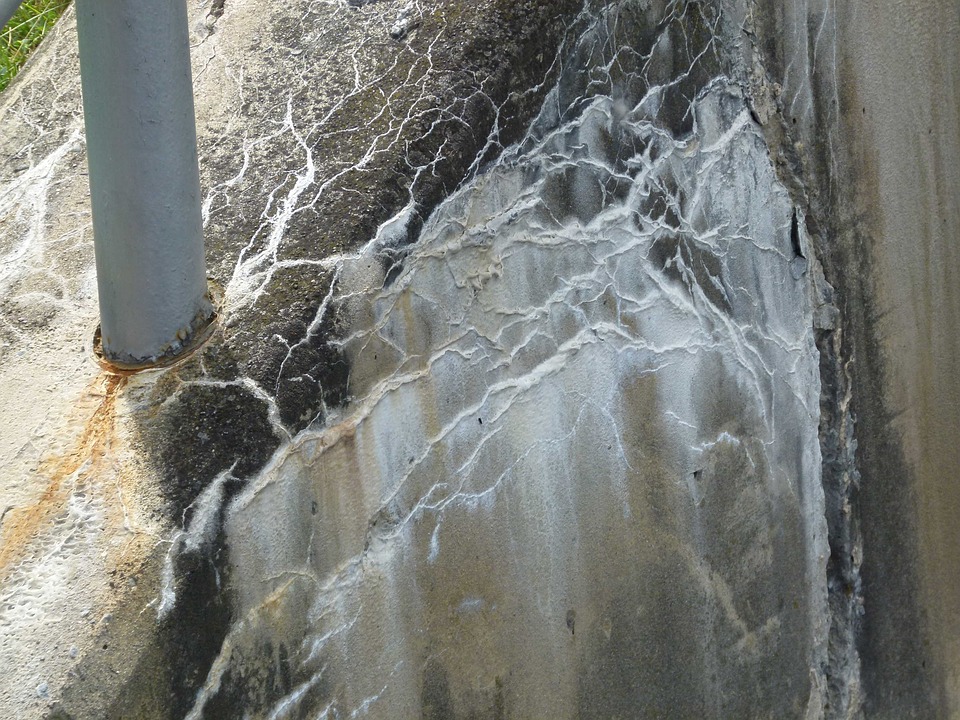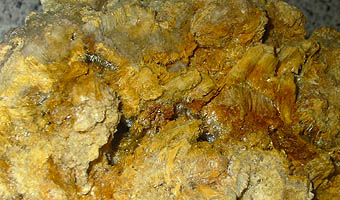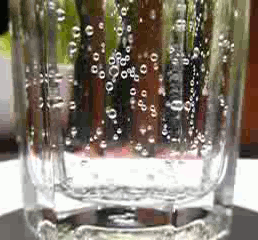|
Simav District
Simav District is a Districts of Turkey, district of the Kütahya Province of Turkey. Its seat is the town of Simav.İlçe Belediyesi Turkey Civil Administration Departments Inventory. Retrieved 22 May 2023. Its area is 1,515 km2, and its population is 61,265 (2022). Composition There are 7 municipality, municipalities in Simav District: * Akdağ, Simav, Akdağ * Çitgöl * Demirci, Simav, Demirci * Güney, Simav, Güney * Kuşu * Naşa * Simav There are 83 villages of Turkey, villages in Simav District:Turkey Civil Administration Departments Inventory. Retrieved 22 May 2023. [...More Info...] [...Related Items...] OR: [Wikipedia] [Google] [Baidu] |
Simav
Simav is a town in Kütahya Province in the Aegean region of Turkey. It is the seat of Simav District.İlçe Belediyesi Turkey Civil Administration Departments Inventory. Retrieved 22 May 2023. Its population is 26,872 (2022). The town is located on the Simav River. Geography Simav is located 93 km west-southwest of , the province capital. It is located on the south side of the Simav valley. To the south, a steep sep ...[...More Info...] [...Related Items...] OR: [Wikipedia] [Google] [Baidu] |
Akdağ Mountain View From Efir Village Of Simav Kütahya
Akdağ (, "white mountain") is a mountain at the western end of the Taurus Mountains in the Aegean Region of Turkey. Its highest peak is . It lies in the Çameli district and the Çivril district of Denizli Province Denizli Province () () is a province and metropolitan municipality of Turkey in Western Anatolia, on high ground above the Aegean coast. Neighbouring provinces are Uşak to the north, Burdur, Isparta, Afyon to the east, Aydın, Manisa to t ..., The area was declared a national park in 2000. "Afyon - Akdağ National Park". References Mountains of Turkey[...More Info...] [...Related Items...] OR: [Wikipedia] [Google] [Baidu] |
Paleozoic
The Paleozoic ( , , ; or Palaeozoic) Era is the first of three Era (geology), geological eras of the Phanerozoic Eon. Beginning 538.8 million years ago (Ma), it succeeds the Neoproterozoic (the last era of the Proterozoic Eon) and ends 251.9 Ma at the start of the Mesozoic Era. The Paleozoic is subdivided into six period (geology), geologic periods (from oldest to youngest), Cambrian, Ordovician, Silurian, Devonian, Carboniferous and Permian. Some geological timescales divide the Paleozoic informally into early and late sub-eras: the Early Paleozoic consisting of the Cambrian, Ordovician and Silurian; the Late Paleozoic consisting of the Devonian, Carboniferous and Permian. The name ''Paleozoic'' was first used by Adam Sedgwick (1785–1873) in 1838 to describe the Cambrian and Ordovician periods. It was redefined by John Phillips (geologist), John Phillips (1800–1874) in 1840 to cover the Cambrian to Permian periods. It is derived from the Ancient Greek, Greek ''palaiós'' (π� ... [...More Info...] [...Related Items...] OR: [Wikipedia] [Google] [Baidu] |
Horst (geology)
In physical geography and geology, a horst is a raised fault block bounded by Fault (geology), normal faults. Horsts are typically found together with grabens. While a horst is lifted or remains stationary, the grabens on either side Subsidence, subside. This is often caused by Extensional tectonics, extensional forces pulling apart the crust. Horsts may represent features such as plateaus, mountains, or ridges on either side of a valley. Horsts can range in size from small fault blocks up to large regions of stable continent that have not been folded or warped by tectonic forces. The word ''Horst'' in German language, German means "mass" or "heap" and was first used in the geological sense in 1883 by Eduard Suess in ''The Face of the Earth.''Originally published in 1883 in German as "Das Antlitz der Erde", translated and published in English in 1904 Geomorphology Horsts may have either symmetrical or asymmetrical cross-sections. If the normal faults to either side have similar ... [...More Info...] [...Related Items...] OR: [Wikipedia] [Google] [Baidu] |
Graben
In geology, a graben () is a depression (geology), depressed block of the Crust (geology), crust of a planet or moon, bordered by parallel normal faults. Etymology ''Graben'' is a loan word from German language, German, meaning 'ditch' or 'trench'. The first known usage of the word in the geologic context was by Eduard Suess in 1883. The plural form is either ''graben'' or ''grabens''. Formation A graben is a valley with a distinct escarpment on each side caused by the displacement of a block of land downward. Graben often occur side by side with Horst (geology), horsts. Horst and graben structures indicate tensional forces and crustal stretching. Graben are produced by sets of normal faults that have parallel fault traces, where the displacement of the hanging wall is downward, while that of the footwall is upward. The faults typically dip toward the center of the graben from both sides. Horsts are parallel blocks that remain between graben; the bounding faults of a horst t ... [...More Info...] [...Related Items...] OR: [Wikipedia] [Google] [Baidu] |
Leaching (chemistry)
Leaching is the process of a solute becoming detached or extracted from its carrier substance by way of a solvent. Leaching is a naturally occurring process which scientists have adapted for a variety of applications with a variety of methods. Specific extraction methods depend on the soluble characteristics relative to the sorbent material such as concentration, distribution, nature, and size. Leaching can occur naturally seen from plant substances (inorganic and organic), solute leaching in soil, and in the decomposition of organic materials. Leaching can also be applied affectedly to enhance water quality and contaminant removal, as well as for disposal of hazardous waste products such as fly ash, or rare earth elements (REEs). Understanding leaching characteristics is important in preventing or encouraging the leaching process and preparing for it in the case where it is inevitable. In an ideal leaching equilibrium stage, all the solute is dissolved by the solvent, lea ... [...More Info...] [...Related Items...] OR: [Wikipedia] [Google] [Baidu] |
Şaphane
Şaphane, formerly Abşeker, is a town in Kütahya Province in the Aegean region of Turkey. It is the seat of Şaphane District.İlçe Belediyesi Turkey Civil Administration Departments Inventory. Retrieved 22 May 2023. Its population is 2,853 (2022). Its elevation is . Tourism Mt. Şaphane (Akdağ) is open for the mountain tourism with its plateaus that are rich for their oxygen levels. It is high and on a area with of new planting parts. Paragliding and trekking are some of the activities you can do on Mt. Şaphane. Kocaseyfullah Mosque is one of our historical spots with its age dating back to 700 years. It is inherited from Anatolian Seljuks. We also have Agha Mansions on which some investments can be directed. We have profitable thermal water sources in Kara ...[...More Info...] [...Related Items...] OR: [Wikipedia] [Google] [Baidu] |
Alunite
Alunite is a hydroxylated aluminium potassium sulfate mineral, formula potassium, Kaluminium, Al3(sulfur, Soxygen, O4)2(Ohydrogen, H)6. It was first observed in the 15th century at Tolfa, near Rome, where it was mined for the manufacture of alum. First called ''aluminilite'' by Jean-Claude Delamétherie, J.C. Delamétherie in 1797, this name was contracted by François Sulpice Beudant, François Beudant three decades later to alunite. Alunite crystals morphologically are rhombohedron, rhombohedra with interfacial angles of 90° 50', causing them to resemble cubes. Crystal symmetry is trigonal. Minute glistening crystals have also been found loose in cavities in altered rhyolite. Alunite varies in color from white to yellow gray. The hardness on the Mohs scale is 4 and the specific gravity is between 2.6 and 2.8. It is insoluble in water or weak acids, but soluble in sulfuric acid. Sodium can substitute for potassium in the mineral, and when the sodium content is high, is call ... [...More Info...] [...Related Items...] OR: [Wikipedia] [Google] [Baidu] |
Sulfate
The sulfate or sulphate ion is a polyatomic anion with the empirical formula . Salts, acid derivatives, and peroxides of sulfate are widely used in industry. Sulfates occur widely in everyday life. Sulfates are salts of sulfuric acid and many are prepared from that acid. Spelling "Sulfate" is the spelling recommended by IUPAC, but "sulphate" was traditionally used in British English. Structure The sulfate anion consists of a central sulfur atom surrounded by four equivalent oxygen atoms in a tetrahedral arrangement. The symmetry of the isolated anion is the same as that of methane. The sulfur atom is in the +6 oxidation state while the four oxygen atoms are each in the −2 state. The sulfate ion carries an overall charge of −2 and it is the conjugate base of the bisulfate (or hydrogensulfate) ion, , which is in turn the conjugate base of , sulfuric acid. Organic sulfate esters, such as dimethyl sulfate, are covalent compounds and esters of sulfuric acid. The tetrahedral ... [...More Info...] [...Related Items...] OR: [Wikipedia] [Google] [Baidu] |
Sodium Bicarbonate
Sodium bicarbonate ( IUPAC name: sodium hydrogencarbonate), commonly known as baking soda or bicarbonate of soda (or simply “bicarb” especially in the UK) is a chemical compound with the formula NaHCO3. It is a salt composed of a sodium cation ( Na+) and a bicarbonate anion (). Sodium bicarbonate is a white solid that is crystalline but often appears as a fine powder. It has a slightly salty, alkaline taste resembling that of washing soda ( sodium carbonate). The natural mineral form is nahcolite, although it is more commonly found as a component of the mineral trona. As it has long been known and widely used, the salt has many different names such as baking soda, bread soda, cooking soda, brewing soda and bicarbonate of soda and can often be found near baking powder in stores. The term ''baking soda'' is more common in the United States, while ''bicarbonate of soda'' is more common in Australia, the United Kingdom, and New Zealand. Abbreviated colloquial forms such as '' ... [...More Info...] [...Related Items...] OR: [Wikipedia] [Google] [Baidu] |
Carbonated Water
Carbonated water is water containing dissolved carbon dioxide gas, either artificially injected under pressure, or occurring due to natural geological processes. Carbonation causes small bubbles to form, giving the water an effervescent quality. Common forms include sparkling natural mineral water, club soda, and commercially produced sparkling water. Club soda, sparkling mineral water, and some other sparkling waters contain added or dissolved minerals such as potassium bicarbonate, sodium bicarbonate, sodium citrate, or potassium sulfate. These occur naturally in some mineral waters but are also commonly added artificially to manufactured waters to mimic a natural flavor profile and offset the acidity of introducing carbon dioxide gas giving one a fizzy sensation. Various carbonated waters are sold in bottles and cans, with some also produced on demand by commercial carbonation systems in bars and restaurants, or made at home using a carbon dioxide cartridge. It is tho ... [...More Info...] [...Related Items...] OR: [Wikipedia] [Google] [Baidu] |





